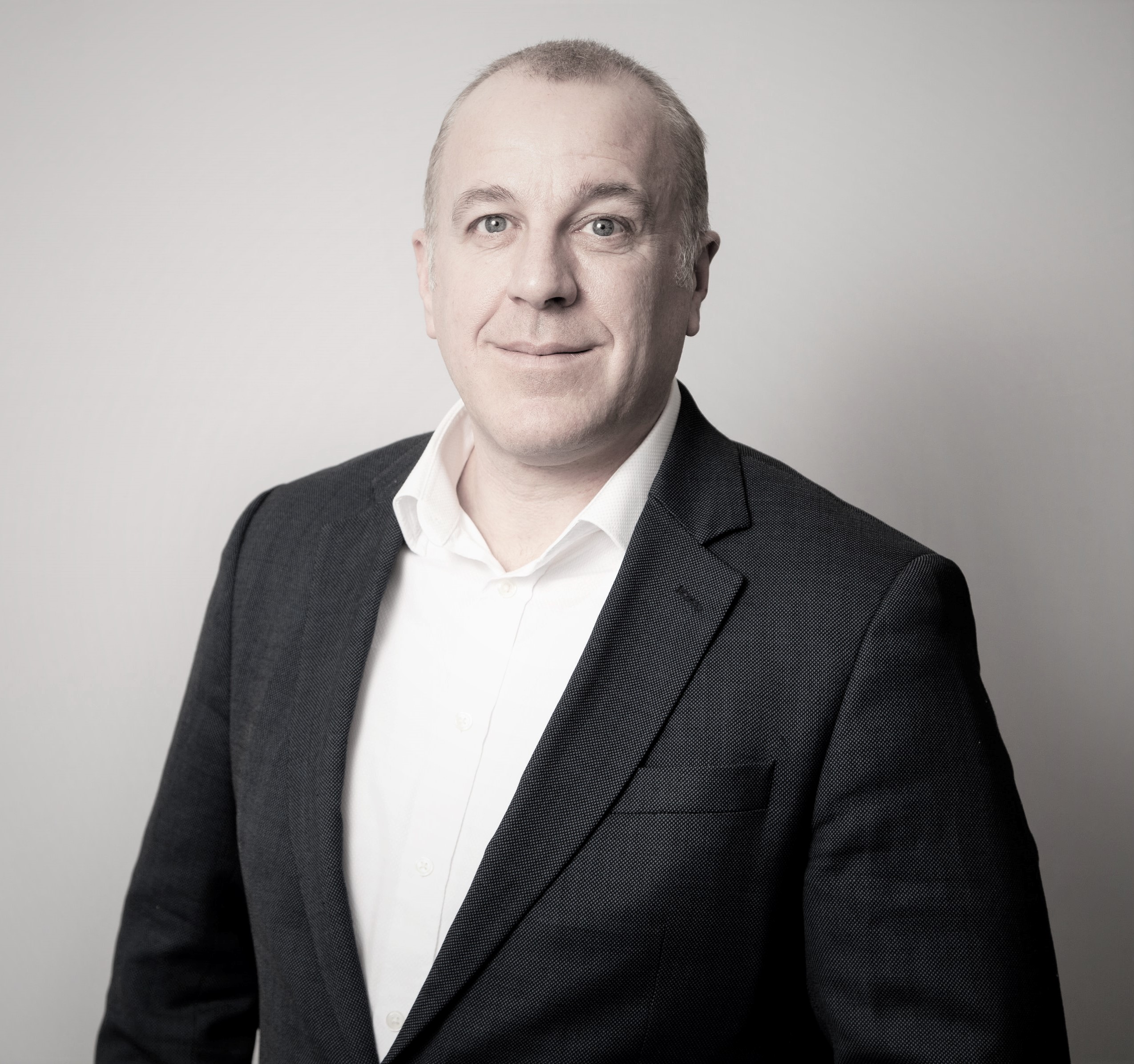The HR profession should be the “growth engine” for business. Research among organisations certified as Top Employers in the UK revealed that business growth is now the second highest priority for them, up from fifth only a year earlier. In turn, diversity and inclusion has risen to second place among HR priorities, up from fourth on last year.
Critically, the two issues are increasingly related. In their pursuit of growth, Top Employers have made changes to their D&I strategies at every level of their organisations. They consistently train their leaders to act as role model roles in diversity and inclusion — and involve their employees in the design of those improvements to be made. Those organisations interviewed were also consistently found to have introduced new strategies, such as employing those with disadvantaged backgrounds, disability disclosure programmes, LGBTQ+ networks, as well as other initiatives actively promoting diversity of thought, experience and skills.
The impetus for growth through D&I is clearly seen in the way everyday work-life issues are handled. The research revealed that work-life balance issues having risen to second place in the priorities that drive employee engagement, up from 10th a year before. 86% have given their staff the greater flexibility in their work schedule they need to be more productive.
At a roundtable event last month, senior HR professionals shared their insights into how D&I can best be linked into productivity and growth.
Arush Gupta, Head of HR (European Region & Global Sales Organisation) at Larsen & Toubro Infotech (LTI), took up the theme of balance in a different way, through the LTI business’s “Yin Yang” model. She and colleagues consulted 22,000 employees, covering 79% of the workforce during the pandemic to see what was working well for them — or otherwise. Balance achieved through well-being emerged as a core priority. However, the future for childcare and eldercare once office work resumed was a source of concern, as was the sense of inclusion likely to felt by those who continued to work remotely once others had returned to the office. The point of the “Yin Yang” model, therefore, was to enable the perfect balance of remote and in-person working models, in order to improve productivity.
Damien Shieber, Head of Culture and Experience at Santander UK, explained the bank’s innovations around the employee experience in creating a more productive workforce. The war for talent had impacted on the financial services sector, with the number of job applicants in the sector dropping by more than half (57%) in 2021. The sector was struggling to attract candidates, particularly when set against the social purpose and meaning that many potential recruits seek in their work. Santander’s employee experience initiatives reflect the realities of the new bargain between employers and employees. Central to its successful development has been a relentless focus based on the individual’s everyday experience, rather than a one-size-fits-all approach.
The question is how widespread the focus on D&I really is, as well as the degree of commitment involved, above and beyond the box-ticking of compliance? Last year, for example, research found that nearly all (96%) of Top Employers in the UK had claimed that diversity and inclusion was a business imperative for them. However, only 40% had consistently provided needs-driven training on diversity and equal opportunity, while only 27% linked diversity and inclusion goals to compensation. In spite of its potential for galvanising the energies of a workforce, improving the workplace culture and helping employees to bring their whole selves into the workplace, D&I is yet to receive the full drive needed in HR strategy.
At the event, Simon Fanshawe OBE from Diversity by Design summed up the power of difference in the workplace. Diversity is one of the keys to the human experience, he said, because it is only through differences that employees can collaborate. What they need to agree about, is an organisation’s common aim — and then how they can work together to achieve it. D&I is all about opening up opportunities for talent to shine, wherever those are currently blocked. Once the pipeline for opportunity is widened in this way, businesses find the best solutions.









